He is credited with ushering the low cost tablet revolution in the country. Suneet Singh Tuli has, however, never had it easy as his Aakash tablet has often been caught in a myriad of problems.
Suneet Singh Tuli finished his graduation from University of Toronto in 1990, where he completed his engineering.
There was no internet during those days and he noticed a problem when large blueprints/drawings need to be cut in pieces to send through regular fax. Tuli came out with the large-format fax for engineers and architects in the year 1992. At $40,000 fax-pair Tuli found no sales happening.
He came up with a brilliant way to market his product. He approached Guinness Book of world records and soon held the record for the world’s largest fax machine. “That gimmick created so much publicity that sales did very well from than on,” says Tuli. Such was the result that by 1995, three years after it started up, Datawind went pubic on the Nasdaq.
Later at his dentist Tuli stumbled on an interesting article in a magazine. Tuli wanted to read the article at home so he decided to tear it. But as he was tearing the magazine page the dentist walked in. Tuli decided to come up with a battery operated pocket scanners which could be used as a mobile office peripherals. He again approached Guinness Book and holds the record for the world’s thinnest scanner.
In the month of July 2010 Tuli heard about Indian government expressing interest to develop a low cost tablet, priced at $35, mainly for the education purposes.
At first Tuli thought that it is something which is completely unrealistic but at the end of January 2011, Tuli discovered that there was a tender and decided to bid for it.
According to Tuli the biggest factor which made the project viable was the emergence of “android” as an operating system as an open source platform. When one talks of microprocessors Intel is what comes to your mind. No one thinks of Nvidia or Qualcomm as microprocessor manufacturer. Using an open source microprocessor, Google ended up creating unprecedented competition in the microprocessor industry and the pricing collapsed.
The open source platform also had a monetization engine attached to it and so one could make money on content applications and services and not just on the hardware. This allowed Tuli to pull out a more aggressive price point. Even though the target was $35, the market price for Tuli on the Aakash tablet is at $49.98 cents, on which he won the tender. The next lowest bid was at$65.
Going for the tender:
The tender was mainly compiled with two criterions — intended purpose and technical specifications. Technical specifications was a 300 Mghz processor, resistive touch screen device and on an open source technology.
The tablets purpose was to have the ability to read e-books, the ability to handle online browsing and the ability to stream videos from sites like Youtube. But Tuli added some specs of his own, which he thought was originally missing. The original idea was to have wi-fi alone and a lot of money has been sent in colleges and universities to get them wi-fi ready. That, however, was just not good enough. “While the government thinks it has enough wi-fi, Datawind itself found out that even on the wired campuses, the wi-fi was patchy. Wi-fi alone is not sufficient; one has to have mobile connectivity,” he says.
The other area was though the media which was intended to be played; it did not do well on a 300 mghz processor. Tuli changed it to a higher range processor capable of playing HD video well. “These devices only have value when a network is in place and when a network is in place. This tablet will not be the only device in the market and there would be many more like it. We would put out a device on very low cost when the network is there and we think it is about 9-10 months before anything concrete can happen,” says Tuli.
Why Aakash makes sense:
There are huge possibilities that Aakash tablet may not prove to be a huge success in the market but surely it might prove to be a centre of attraction for a while. For someone buying a tablet at Rs. 12,000 for a few thousand more one has the option of a net book or an entry level laptop. This is the problem many other tablet makers face. They are caught in uncertain pricing territory, where they are not cheap enough to be a substitute for a laptop and not high end enough to challenge an iPad. iPad may not be the best tablet around but it has a prestige associated with it. What works for Tuli is the ridiculous price point. At times a dinner for two costs more than the price of the tablet and even smart-phones do not come for that price. The price position is very unique in the industry.
The market:
The final goal in terms of the market is the bottom of the pyramid for Tuli. However, he already said that the customer is not really at the bottom of the pyramid and these are customers who have used computers, visit internet cafes but cannot afford to have a computing device. In India there is a big disparity between internet users and internet subscribers. The total number of broadband user is only 32 million while the number of internet users is about 100 million. “We think there is a big portion of that audience who are waiting on the fringes. The next level is to bring internet connectivity to the masses. It is not that the masses are illiterate or do not need the internet, it is only that they cannot afford it,” says Tuli.
Eye on future:
Tuli’s ultimate goal is to provide free internet on these devices. Tuli realizes that differentiator on the hardware price will not be there forever and sooner or later there would be other devices in the same price point. Price, however, is not the only the cost of the hardware but also the price of the service. Tuli believes he can bring price of services down to free, richer internet experience on the networks that already exists.
“We are pleased with how our manufacturing has scaled over the last few months,” says Tuli. The company is currently delivering between 2,500 to 3,000 units per day to its customers commercially and has been recognized among the top three tablet manufacturers in India for the last two quarters. In addition to the four new manufacturing partners for the Aakash2 tablets in India, DataWind has set-up India’s first touch-screen fab in Amritsar, furthering its goal to establish and grow India’s hi-tech manufacturing Industry.
What it offers:
“The new range of Ubislate Tablets is packed with anytime anywhere Low-Cost Internet connectivity, UbiSurfer browser based on 18 international patents that can deliver internet access on traditional GPRS networks and a powerful combination of content and applications raising the bar in terms of meeting customers’ mobility needs,” says Tuli.
This brand new Ubislate range comes with a sleek look and enhanced hardware specifications. These Lightweight tablets will support smart phone communication, internet access, tablet computing and multimedia entertainment. The 7” screen tablets support the latest Android 4.0.3 operating system that delivers a rich and much smother touch-screen user experience. With a Cortex A8, 1 GHz processor and 512MB RAM, these devices will deliver high speed surfing experience to its users. The embedded HD video co-processor delivers high quality video content making it a perfect multimedia device.
“With the upwardly mobile workforce, hands-free communication has become extremely important. Our tablets are the most durable offerings under the Ubislate umbrella. Features like HD video, great sound quality, touch screen, high speed processor, USB port, camera, G-Sensor with a long battery life are a complete value for money option for our customers,” says Tuli.
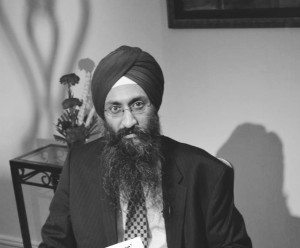


























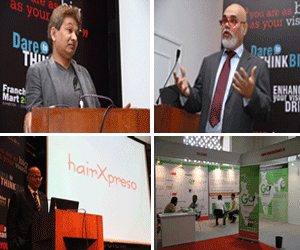
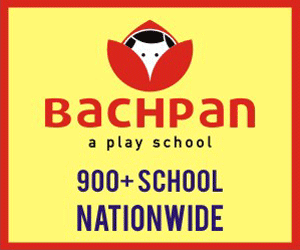
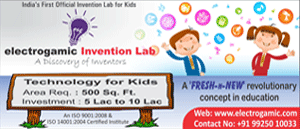
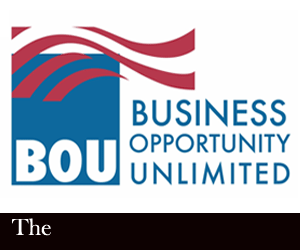
 +91 9909960054
+91 9909960054